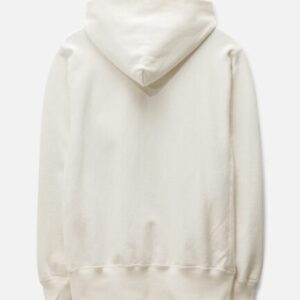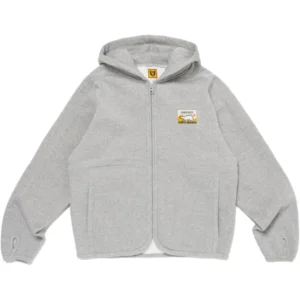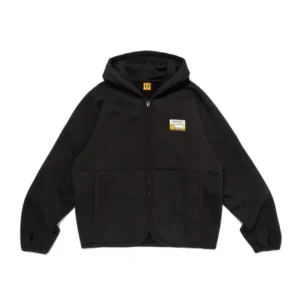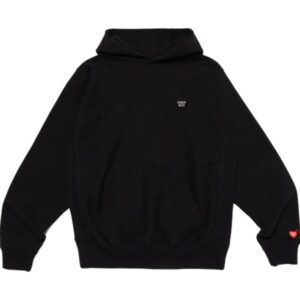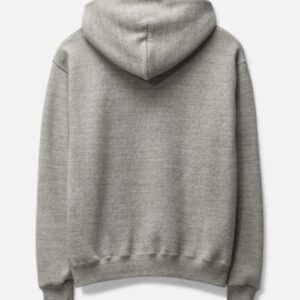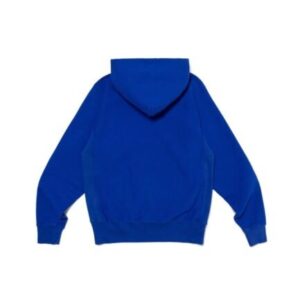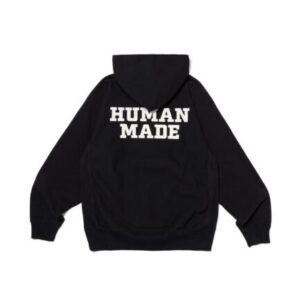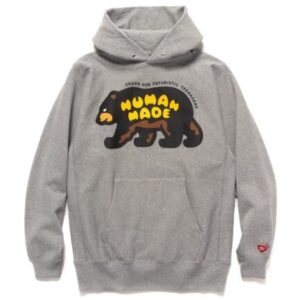
Human Made Bear Hoodie
Original price was: $260.00.$180.00Current price is: $180.00.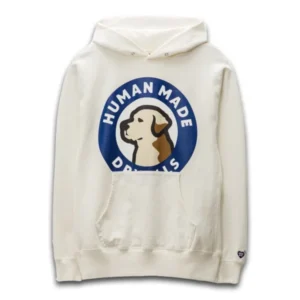
Human Made Dog Logo Hoodie
Original price was: $260.00.$180.00Current price is: $180.00.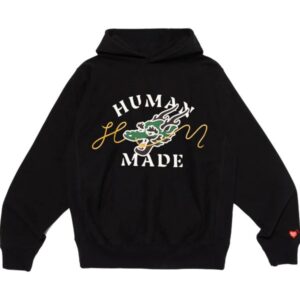
Human Made Dragon Hoodie
Original price was: $260.00.$180.00Current price is: $180.00.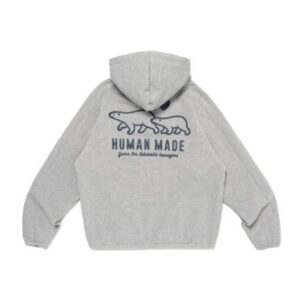
Human Made Fleece Sweat Zip Hoodie
Original price was: $260.00.$180.00Current price is: $180.00.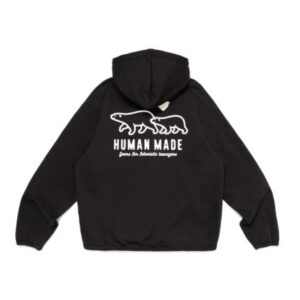
Human Made Fleece Sweat Zip Hoodie Black
Original price was: $260.00.$180.00Current price is: $180.00.
Human Made Graphic Hoodie
Original price was: $260.00.$180.00Current price is: $180.00.
Human Made Grey Hoodie
Original price was: $260.00.$180.00Current price is: $180.00.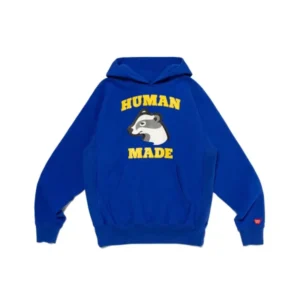
Human Made Heavy Weight Hoodie Blue
Original price was: $260.00.$180.00Current price is: $180.00.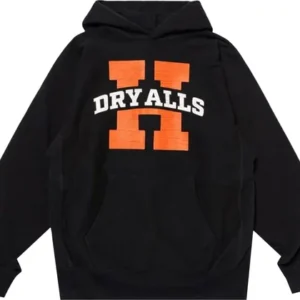
Human Made Heavyweight Hoodie
Original price was: $260.00.$180.00Current price is: $180.00.
Human Made Human Testing Hoodie Black
Original price was: $260.00.$165.00Current price is: $165.00.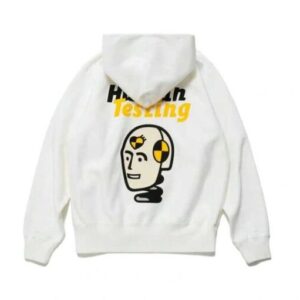
Human Made Human Testing Hoodie White
Original price was: $260.00.$169.00Current price is: $169.00.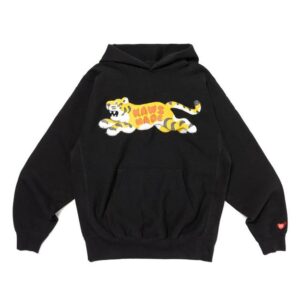
Human Made Kaws Made Hoodie Black
Original price was: $260.00.$169.00Current price is: $169.00.Human-Made Hoodies:
With their ability to transcend their initial function and become symbols of culture, identity, and style, hoodies have become an essential part of modern fashion. Sweaters have changed over time, from being mostly used by men in work environments to becoming stylish items that are worn by women in many different contexts. The evolution of Human-Made Hoodie from functional clothing to a fashion staple is explored in detail in this exploration, which also looks at their history, design, materials, and cultural significance.
A Brief History of the Hoodie:
The hoodie was created as a useful garment for laborers in the early 20th century, which is when it first appeared. In order to keep workers warm and safe in chilly settings like warehouses and construction sites, Champion created the first hooded sweatshirt in the 1930s. Athletes and outdoor enthusiasts rapidly came to love it for its practicality because of how warm and comfortable the hood was. A front pocket to hold small goods and a drawstring to adjust the hood further enhanced the functionality of the simple yet effective design.
A turning point for the hoodie came when it started to become fashionable in the 1970s. Hip-hop musicians included the item into their wardrobe, utilizing it to express a rebellious and unique vibe. The hoodie's status as a representation of youth and nonconformity was strengthened by its link to street culture. The hoodie became an essential part of casual wear by the 1980s and 90s, with a wide range of subcultures—from punk rockers to skateboarders—embracing it. With the hoodie in the vanguard of cultural movements, this change demonstrated how fashion could be a vehicle for self-expression.
The Design of the Hoodie:
Hoodies are available in a multitude of designs to suit a range of tastes and fashions. The options are unlimited, although the standard silhouette usually includes long sleeves, a front pocket, and a hood. Soft cotton or cotton blend fabrics are commonly used to create the traditional hoodie, which offers warmth and comfort. To cater to a wide range of fashion tastes, designers have, nevertheless, updated this timeless style over time by adding zip-up alternatives, cropped cuts, and oversized fits. Hoodies can be worn in a variety of situations, from informal get-togethers to more official ones, thanks to their adaptability.
Hoodies from the modern era frequently use cutting-edge materials and technologies. Performance textiles, which include breathable and moisture-wicking materials, are increasingly frequently utilized to improve comfort during athletic activity. These developments serve the expanding market for athleisure, or clothes that may be worn casually or athletically. Using recycled materials and environmentally responsible manufacturing techniques, several firms are also concentrating on sustainability. This change appeals to customers who value making ethical decisions and is part of a larger movement in the fashion industry toward responsible production.
Hoodies can also serve as a medium for individual expression. Personalized graphics, text, and patterns can be added by customers using the customization features offered by many brands. Hoodies can communicate a variety of ideas and styles, from simple patterns to striking images with logos or imaginative pictures. Because they can be customized, they become more appealing and become expressions of uniqueness rather than merely articles of apparel.
Materials Used in Hoodie Production:
The feel, longevity, and general appearance of the hoodie are all greatly influenced by the material selection. Because cotton and cotton mixes are comfortable and breathable, traditional hoodies are frequently constructed of cotton. While cotton is a naturally breathable fabric, the materials used to make hoodies have changed along with customer tastes.
Cotton-blend materials, which combine cotton with spandex or polyester, provide more stretch and resilience, which makes them perfect for athletic wear. Additionally, these mixes typically hold their shape better than 100% cotton, which can shrink or lose its structure after several washings. As a result, a lot of customers are now looking for hoodies that offer both comfort and durable performance fabrics.
Performance textiles are becoming more popular in the manufacture of hoodies due to the rise of athleisure. During physical activity, materials like moisture-wicking polyester or nylon are intended to keep the wearer dry. These materials are appropriate for both casual and activity wear since they are designed to draw perspiration away from the body. The hoodie's role in everyday and sports wear has been cemented by its ability to combine comfort and utility.
Growing environmental consciousness has led numerous brands to use sustainable fabrics while making hoodies. Customers are able to choose more environmentally friendly clothing thanks to the rising popularity of bamboo fibers, recycled polyester, and organic cotton. These materials appeal to people who want to promote sustainability while still wearing fashionable clothes because they not only have a smaller environmental impact but also frequently have unusual textures and finishes.
The Cultural Impact of Hoodies:
Hoodies are more than just clothing; they have cultural importance. These days, they stand for community, resistance, and identity. Hoodies are generally associated with youth culture and individualism in modern fashion. The hoodie has become a fashion statement due to the emergence of streetwear, which is being adopted by both premium labels and designers. The boundaries between streetwear and haute couture have been dissolved by partnerships between high-end labels and streetwear brands, which has resulted in the hoodie being seen on red carpets and runways.
Hoodies have also come to be connected to political and social movements. During the 2012 protests that followed the sad death of Trayvon Martin, a young African American man who was shot while wearing a hoodie, the "hoodie" became well known. Conversations over identity and representation were sparked by the clothing, which came to signify social justice and racial profiling. Since then, donning a hoodie has become a way for people to show support for a variety of causes and engage in activism. The hoodie plays a multifaceted role in modern culture, as demonstrated by its dual nature as both a casual clothing item and a potent social emblem.
The Future of Hoodies:
The hoodie will change along with trend in the future. The future of this cherished item of clothing is full with intriguing possibilities due to changes in consumer preferences and technological breakthroughs. Smart materials that adjust to the weather might be used in hoodies of the future to provide warmth in the winter and cooling qualities in the summer. In order to appeal to tech-savvy customers who want practicality without compromising style, features like integrated headphones or charging capabilities may also become standard.
The trend toward sustainability will probably have an impact on how hoodies are made in the future. An increasing number of environmentally conscious consumers will be drawn to brands that place a high priority on ethical manufacturing methods, openness, and eco-friendly products. The growing demand for vintage and used hoodies is also contributing to the circular fashion industry, which prioritizes recycling and reuse.
Conclusion:
Style, identity, and societal values interact dynamically, as evidenced by the hoodie's evolution from a practical work clothing to a fashion staple and cultural icon. These days, hoodies stand for much more than just coziness—they are a representation of one's identity and individuality. Hoodies will surely continue to change and adapt to the requirements and preferences of coming generations, being a staple in our closets as they do. The human-made hoodie will continue to make an impact on fashion and society, securing its position in our collective consciousness, whether it is worn for warmth, style, or as a symbol of social change.


